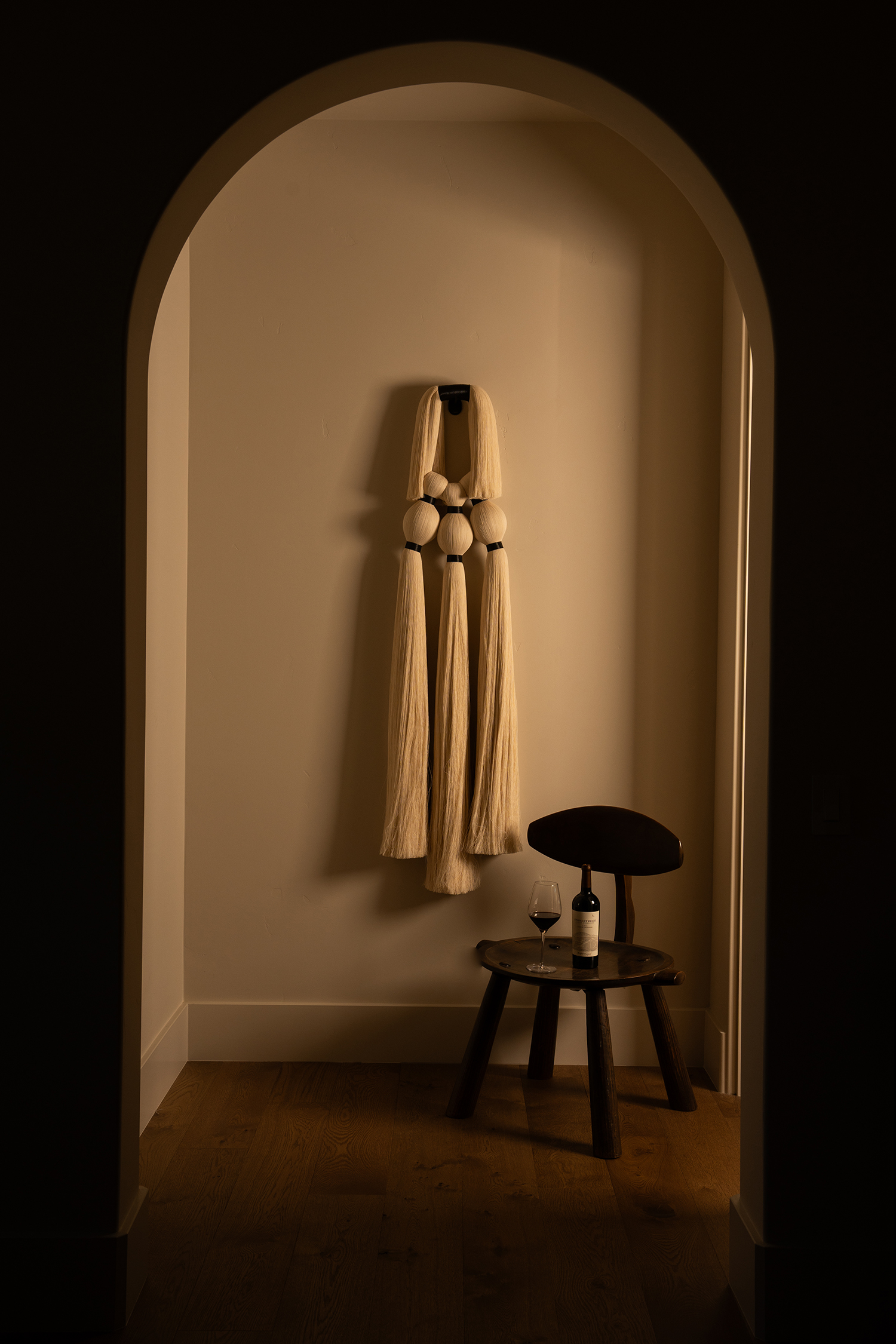Diamonds in Your Wine? Everything You Need to Know About Tartrate Crystals
Most of us have experienced opening what promises to be a phenomenal bottle of wine, only to be surprised by small crystals on the cork or particles suspended in the wine. Don’t panic—those crystals are called tartrates and they are simply a sign of how the wine was made. They are harmless to you and do not affect wine quality. In fact, tartrates in wine often indicate a higher quality wine. Tartrates—also affectionately called “wine diamonds” —are formed from tartaric acid, which is naturally occurring in all wines and provides structure, balance, and flavor.
What are tartrates?
Tartrate crystals, also known as wine crystals, are crystalline deposits of potassium bitartrate that can form in wine during fermentation and aging. Tartrates in wine develop when tartaric acid binds with potassium under cold conditions.
Let’s be geeky for a minute
What is the story with acid in wine? Tartaric acid is one of three main acids found in wine grapes alongside malic and citric acids. Each type of acid plays a key role in the wine production process and contributes different flavors and textures to the end wine. While malic acid does contribute to the aromas of a wine, it is more known for its role during the winemaking process when the winemaker opts to include malolactic fermentation; in this process, the stronger malic acid is converted into the softer, smoother lactic acid. On the other hand, tartaric acid is arguably the most important acid in wine due to the prominent role it plays in maintaining the chemical stability of the wine, the color, and influencing the taste of the finished product.
During the fermentation and barrel aging process, less than half of the tartaric acid present in a wine will settle out and bind with lees, pulp debris, and precipitated tannins and pigments. The majority of the tartaric acid will stay soluble throughout the production process. The remaining tartaric acid in a wine is the primary acid you taste, and is essential to the final mouthfeel and balance, adding an additional layer of complexity to a wine.
Crystals on your wine cork
Tartaric acid’s solubility in wine is temperature dependent. When a wine is chilled to temperatures below 40 degrees, the remaining tartaric acid will bind with the naturally occurring potassium in the wine and form crystalline deposits (potassium bitartrates) known as tartrates.
This phenomenon is less common in red wines as they do not usually see very cold temperatures in home cellars. And when they do occur in a red, the dark crystals are often mistaken for other sediment this is expected to accumulate over time. However, white wines are often refrigerated before serving, so these crystals can be more likely to appear in your Chardonnay or Sauvignon Blanc. Tartrate crystals in white wine have been described as having a similar appearance to shards of glass and are sometimes mistaken for unwanted or unnatural sediment. Some people find their appearance off-putting, while others find them attractive. Now that you know what they are, enjoy the beauty of crystals on your cork.
Why we don’t prevent crystals at Stonestreet
Some winemakers choose to cold stabilize their wines to eliminate the future formation of tartrate crystals. Cold stabilization is the process of cooling the wine to around freezing temperature in large stainless-steel tanks for several days or weeks after the wine has aged, just before bottling. By cooling the wine prior to bottling, the potassium bitartrates will crystalize and drop to the bottom of the tank where they can then be filtered out of the wine. By doing this, the winemaker is ensuring that further tartrate crystals do not form in the bottle, for aesthetics reasons. However, at Stonestreet we believe cold stabilization strips the wine of some acidity, takes away from its natural flavor profile, and impacts the wine’s long-term ageability.
We are passionate about producing the best possible wines from our mountain estate and choose not to cold stabilize in order to maintain the natural acidity, flavors and texture of our wines and protect the wine’s quality and aromatics. Stonestreet wines are meticulously produced to ensure that each wine reflects the uniqueness of its terroir while remaining perfectly balanced and ready for your wine glass. Many winemakers, sommeliers, serious wine lovers, and wine academics view “wine diamonds” as a sign of quality, indicating that the wine was not over-processed or manipulated.
If you don’t want diamonds
Again, some of us are fond of tartrate crystals, but here’s how to reduce your chance of them if you prefer. Quality wines should be stored on their side at 55 to 60 degrees and only chilled to 45 to 48 degrees (depending on the variety) just prior to serving to avoid the development of tartrate crystals. If wine diamonds do appear, simply pour the wine through a filter or cheese cloth into a decanter prior to serving. You may also choose to simply let the crystals settle to the bottom of the bottle then pour the wine slowly into a decanter at a gentle angle.
For more information on how to age and enjoy red and white wines, peruse more Guide posts.
Put yourself on our mailing list if you would like more easy-to-use wine guidance, stories about sustainable mountain-grown wines, and alerts about new Stonestreet bottle releases.



